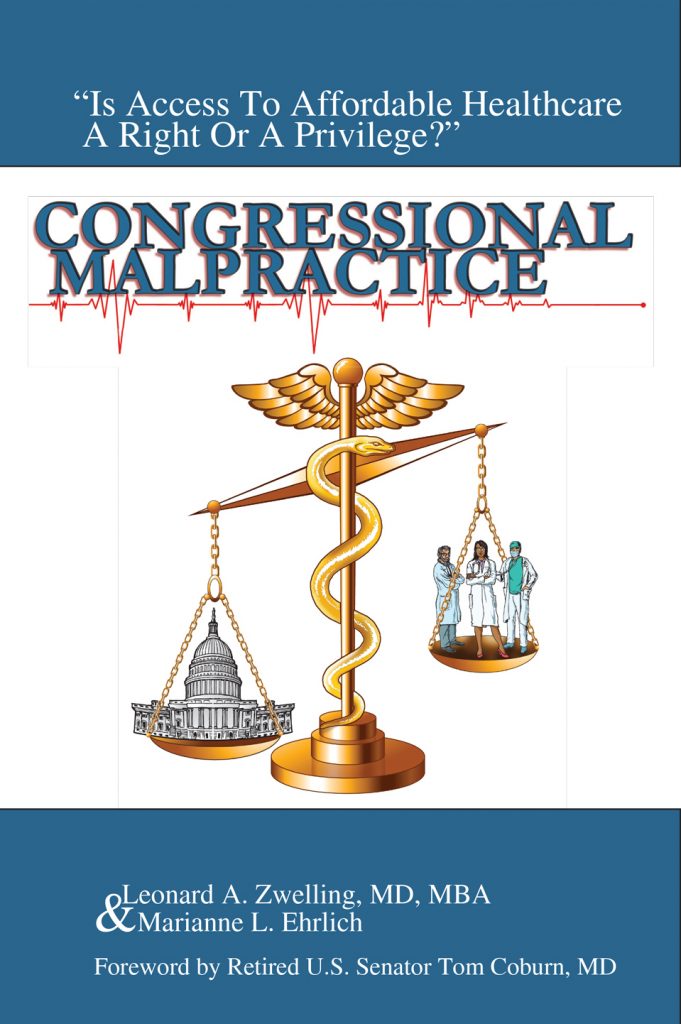The Good Jobs Strategy
Must Include the Faculty
By
Leonard Zwelling
Joe Nocera has become an ever more prolific and profound
observer as a NY Times editorialist
in recent years. His coverage of the outrage that is the NCAA has been
continuous and unrelenting in taking to task the white men who try to control
the “student athletes” of Division 1 schools while maintaining their own lavish
lifestyles and each school’s big sport cash flow, especially to the big-time, overpaid coaches. He was dynamite in his reporting of the Joe Paterno scandal at Penn
State. It is likely that Nocera will return to the topic of inequity in college
athletics again and again for the NCAA is not close to stopping its nonsense of
a business cloaked in the guise of amateurism.
In his column on July 7 though he changes his target.
The topic is jobs and how to make salaries of workers
something other than the overhead cost they are usually considered by management,
especially in the retail and service sector businesses.
Nocera describes the work of Zeynep Ton, an adjunct
associate professor at the Sloan School of Management at MIT. Her thesis is
simple. If you pay your workers a true living wage (that’s in excess of the
minimum) and establish a work environment of challenge and “purpose and
empowerment,” the bottom line will benefit. This seems almost intrinsically
obvious, but in this fast food, cell-phoned, Internet-connected yet
disconnected world of individual self-absorption, this appears to be a novel
idea for Dr. Ton only found a few examples of companies utilizing her strategy.
Those who did profited over their competitors.
Everything is not about controlling costs, which brings me
once again to my favorite topic, MD Anderson.
When it comes to the faculty, one does not immediately think
that the biggest problem is their salaries as many make six figures, far above
the mean in the city of Houston. But let’s examine that a bit for the people
running MD Anderson consider those salaries a “cost” above all else. Why else
drive every clinician to see at least one more patient while receiving the same
salary?
Some of the lowest paid faculty members are instructors and
assistant professors who are asked to support their salaries through patient
care billings and grant revenue more than ever before. This is going on while
the executives are pulling down salaries in the seven-figure range for what?
Screwing the place up? It sure isn’t for cutting edge research or large-scale
patient care any longer. That part of their careers is long over (as should the
current part be).
But let’s dive a bit further down. Several faculty have
brought to my attention a new ruling from the “powers that be” atop Pickens
(though claiming this is based on IRS regulations, I assume from IRS
Publication 463 of February 6, 2015, underlying section 162 of the IRS Code. That
publication is about TAX DEDUCTIONS, but may be extended to include
reimbursements under section 162, I suppose. I don’t believe MD Anderson pays
federal taxes on most income, so why worry about deductions? From a set of
slides I saw, it is not at all clear that other academic institutions are as
stringent as MD Anderson is trying anew to be).
If
a faculty member wants to tack on vacation to a foreign destination in
association with a legitimate business trip such as to an international scientific
meeting, the institution will no longer allow the use of PRS funds to pay the
airfare. Fully 75% of the time away MUST be used for business purposes if PRS
travel funds are employed even if the expense for the entire vacation part of the
trip is paid for by the faculty member from his or her own post-tax earnings.
The leadership claims they have been forced to make this change due to IRS
rules. If this is so, is it also true in the rest of the UT System and the rest
of American academia? I doubt it. Or is this related to MD Anderson’s special DRG-exempt status? Hmmm…..
I think this is simply a ploy to make it harder for the
patient care faculty to spend a little less time in the clinics on earned vacation
and to make it appear federally-mandated, the leadership has included the whole
faculty in the ukase.
Where
I come from (New York), that’s called “nickeling and diming” and is really
penny wise and pound-foolish. It is not a Good Job Strategy.
If those leading Anderson want to know why they are so
despised and why faculty morale is at an all time low and has been since the
fall of 2011, just look in the mirror. No need to ask who’s the fairest. It
ain’t them!
The business model currently utilized by MD Anderson is a
disaster waiting to happen. My sources tell me that MD Anderson controls 14
million square feet of space in the Texas Medical Center and that the biggest
of its buildings is the Good Ship Mendelsohn on central campus, a ghastly
vessel-like structure anchored in dry dock far from any patients that is occupied solely by administrators. No patient
care. No research. I am told by someone who would know that it is the 3rd
biggest structure on the basis of square feet in Houston and that MD Anderson’s
total space equals that of downtown Miami. Why?
Similarly, why nickel and dime the faculty who are actually
generating revenue while constantly expanding the work force to 21,000 over
10-fold the size of those actually producing any revenue?
No wonder the leadership is pushing for more grants and more
patients. That revenue stream is chasing a bloated physical plant and a more
bloated work force.
Rent out the buildings that can be vacated of the
unnecessary people and pay the faculty 10% more. Then let them travel as they
wish within the guidelines set for annual leave. Finally, get a strategic plan
that limits patient flow to those who can uniquely be helped by MD Anderson (no
more screening or routine primary care, do that in the regional centers) or can
help Anderson’s faculty via participation in well-planned and ethically
executed clinical trials.
That’s not only a good jobs strategy. It’s a good medical
strategy and an even better business strategy.




